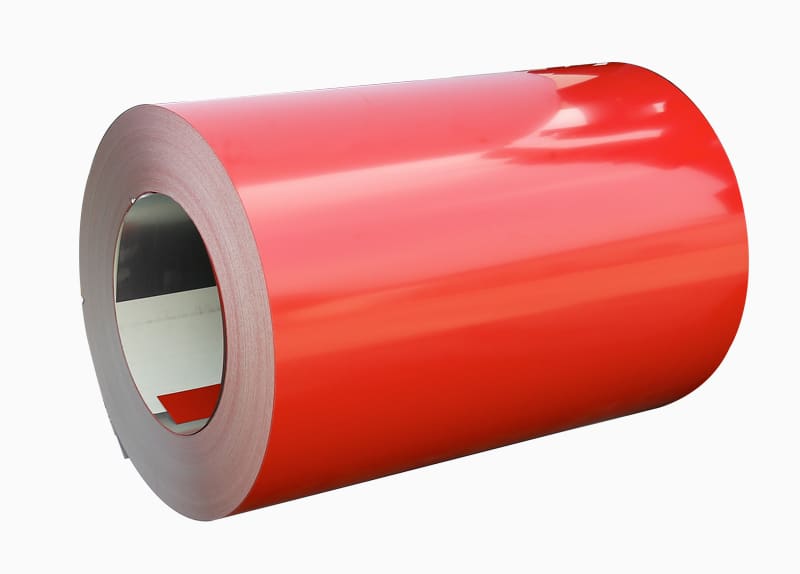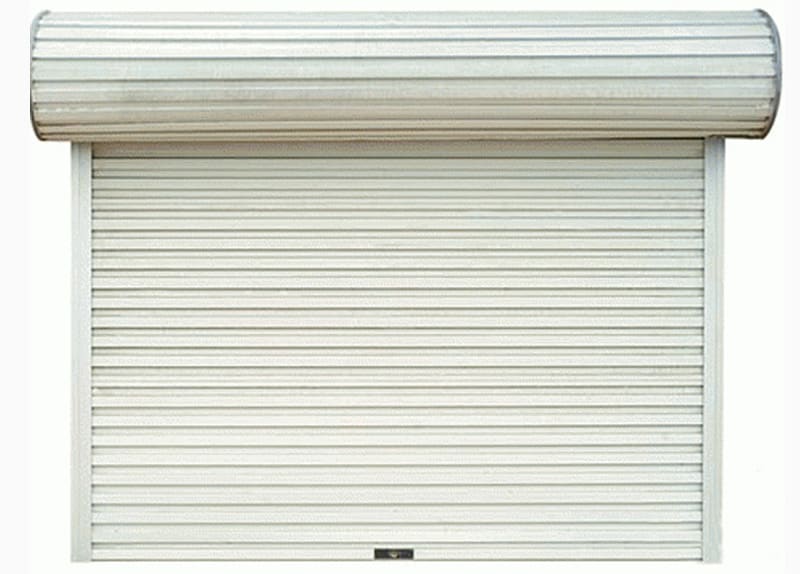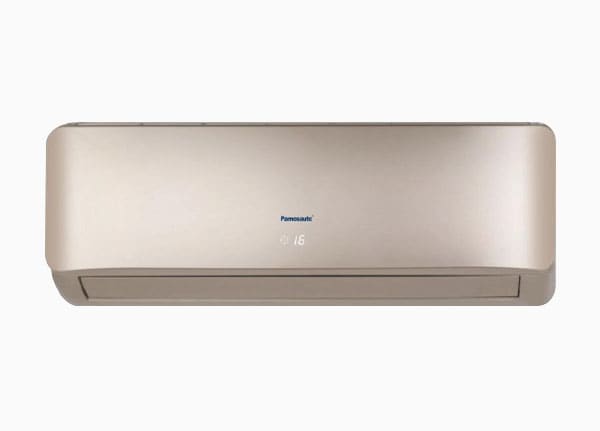- no.8,zaolin road,
longxiang street,
tongxiang,zhejiang,china - +86 573 89381086[email protected]
- DownloadsPDF Brochures
Storing steel coils is far more than just stacking heavy objects. It's a critical aspect of logistics and inventory management in the metal industry, demanding precision, adherence to safety protocols, and an understanding of material properties to prevent damage and ensure the longevity of these valuable assets. Improper storage can lead to material degradation, safety hazards, and significant financial losses.
Before delving into storage methods, it's essential to appreciate what we're handling. Steel coils, also known as metal coils, rolled steel, or coiled steel, are essentially long, continuous strips of metal that have been wound into a circular shape. They come in various grades, widths, and thicknesses, each with specific handling and storage requirements. Factors like surface finish (e.g., galvanized, cold-rolled, hot-rolled) and susceptibility to corrosion play a significant role in determining the optimal storage environment.
Effective coil storage hinges on several core principles:
Safety First: Given their immense weight, steel coils pose significant safety risks if not handled correctly. This includes crushing hazards, tipping, and uncontrolled movement. Proper lifting equipment, secure stacking methods, and clear access routes are paramount.
Preventing Damage: Damage can occur in various forms, including physical deformation (denting, bending), surface scratches, and corrosion. The storage environment and handling procedures must mitigate these risks.
Space Optimization: Warehouses and storage yards often have limited space. Efficient stacking and layout are crucial for maximizing capacity while maintaining accessibility and safety.
Accessibility and Inventory Management: Stored coils must be easily identifiable and accessible for retrieval. Effective inventory systems, whether manual or automated, are vital for tracking stock and optimizing workflows.
Environmental Control: Exposure to moisture, extreme temperatures, and corrosive agents can significantly degrade the quality of metal coils.
Several professional methods are employed for storing steel coils, each with its advantages and specific applications:
Eye-to-Sky: This is a common method where coiled steel is laid flat on its side, with the "eye" (the central hole) facing upwards. This method is generally stable and allows for easy inspection of the coil's top surface. However, it requires a significant footprint and can be challenging to stack vertically beyond a certain height without specialized racks due to the risk of rolling.
Eye-to-Wall: In this method, coils are stored with their eye facing a wall or a support structure. This is often used for larger, heavier rolled steel to prevent them from rolling. Specialized chocks or cradles are essential to keep the coils stable and prevent movement.
Eye-to-Horizontal: This method involves storing steel coils on their cylindrical side, with the eye running horizontally. This is the most space-efficient method as it allows for high-density storage. However, it requires robust coil racks or saddles specifically designed to support the weight and prevent deformation of the coils. These racks often have individual compartments or a cradle design to securely hold each coil. This method minimizes the risk of coil rolling and is ideal for long-term storage or when a large volume of metal coils needs to be stored in a confined space.

For certain types of coiled steel, especially those requiring extra protection or easier transport, specialized pallets or cradles are used. These systems typically secure the coil and allow for handling by forklifts without direct contact with the coil's surface, minimizing the risk of damage.
Indoor Storage: This is the preferred method for most steel coils, particularly those susceptible to rust or surface damage. Warehouses provide protection from rain, humidity, and temperature fluctuations. Proper ventilation is also key to prevent condensation.
Outdoor Storage: While less ideal, outdoor storage is sometimes necessary for certain grades of rolled steel that are more resistant to corrosion, such as some hot-rolled or galvanized varieties. However, even then, precautions like elevated dunnage to prevent contact with the ground, waterproof covers, and proper drainage are essential to minimize exposure to elements. Regular inspection for signs of corrosion is crucial.
Regardless of the chosen method, several best practices and specialized equipment are vital:
Proper Dunnage: Using wooden or plastic dunnage (spacers) under coils prevents direct contact with the floor, facilitates air circulation, and protects against moisture.
Chocks and Wedges: These are critical for preventing steel coils from rolling, especially in horizontal storage.
Coil Grabs and Lifters: Specialized lifting equipment, such as C-hooks, coil tongs, or vacuum lifters, are designed to safely and efficiently move metal coils without causing damage. Standard forklift forks can damage coil edges if not used with appropriate attachments.
Regular Inspections: Periodically inspecting stored coils for signs of damage, rust, or instability is crucial.
Climate Control (for sensitive coils): For highly sensitive coiled steel, maintaining controlled humidity and temperature within the storage facility is paramount.
Clear Labeling and Inventory Systems: Each coil should be clearly labeled with its specifications, and a robust inventory management system should be in place to track its location and status.
The industry is continuously evolving. Automated storage and retrieval systems (AS/RS) are becoming more prevalent, particularly for high-volume operations. These systems use robotics and sophisticated software to optimize space, improve efficiency, and enhance safety by minimizing human interaction with heavy steel coils. The integration of IoT sensors for environmental monitoring and real-time inventory tracking is also gaining traction, promising even more precise and protective storage solutions for metal coils.
In conclusion, the effective storage of steel coils is a multifaceted discipline that requires careful planning, adherence to safety standards, and the right equipment. By understanding the nuances of metal coil properties and implementing best practices, companies can ensure the integrity, accessibility, and longevity of these fundamental industrial materials.

With high anti-rust performance, they are popular used in co...

PPGI / PPGL COIL full name is prepainted galvanized / galval...

Port:Zhejiang,China Advantages of Our Prepainted Galvanized ...

APPLICATION OF PPGI Construction:Outside:Workshop, agricultu...

